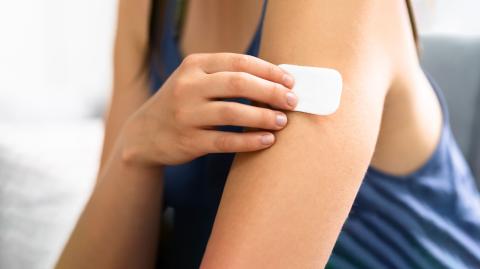What is Contraception?
Contraception refers the range of methods used to prevent pregnancy. Barrier methods of contraception include condoms and female condoms which protect against some Sexually Transmitted Infections (STIs) and pregnancy.
There is also a method of contraception called emergency contraception that can be used after unprotected sex, to protect you from pregnancy.
There are two types of emergency contraception.
An emergency contraceptive pill (there are two types) - some types can be taken up to five days after unprotected sex.
The IUD (intrauterine device) this can be used up to five days after unprotected sex. It may stop an egg from being fertilised and implanting in your womb.
It is used after unprotected sex, to protect you from pregnancy.
Emergency contraception does not protect you against sexually transmitted infections (STIs)
Remember if you have unprotected sex (sex without a condom or if the condom breaks) this always put you at risk of sexually transmitted infections (STIs).
There are 15 methods of contraception available to choose from and what works for you will depend on your preferences. Contraception is free on the NHS for all ages and can be accessed through your local GP surgeries or GUM/ sexual health clinic and family planning services. You can talk through your options with a doctor or a nurse. Many of these services also offer information, testing and treatment for STIs.
Contraception Guides
Contraception Guide - Hungarian
Contraception Guide - Ukrainian
Contraception Guide - Romanian
Had unprotected sex? You can use emergency contraception to reduce your risk of becoming pregnant. You need to act fast though!
Services
Emergency Support

Free & confidential sexual health services for Black, Asian, and Minority Ethnic communities

Providing advice, support and resources for LGBT people to take control of their sexual health and wellbeing












